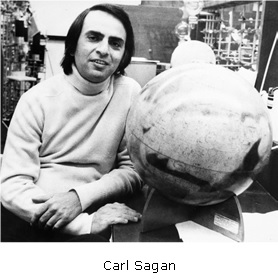Today, The Grandma has received the wonderful visit of one of her closest friends, Joseph de Ca'th Lon.
Josep likes Astronomy and they have been talking about the Arecibo message, that was broadcast from Puerto Rico, on a day like today in 1974.
It was meant as a demonstration of human technological achievement, rather than a real attempt to enter into a conversation with extraterrestrials. It has been noted that the low resolution of the image makes it infeasible for any extraterrestrial recipients to attach the intended meaning to most of its elements.
The message was broadcast into space a single time via frequency modulated radio waves at a ceremony to mark the remodeling of the Arecibo radio telescope in Puerto Rico on 16 November 1974.
The message was aimed at the current location of M13, about 25,000 light years from Earth, because M13 was a large and relatively close collection of stars that was available in the sky at the time and place of the ceremony. When correctly translated into graphics, characters, and spaces, the 1,679 bits of data contained within the message form the image shown here.
The content of the Arecibo message was designed by Frank Drake, then at Cornell University and creator of the Drake equation, who wrote the message with help from Carl Sagan and others.
The message was meant more as a demonstration of human technological achievement than a serious attempt to enter into a conversation with possible extraterrestrials. Because globular cluster M13, at which the message was aimed, is more than 25,000 light-years from Earth, the message, traveling at approximately the speed of light, will take at least 25,000 years to arrive there.
By that time, the core of M13 will no longer be in precisely the same location because of the orbit of the star cluster around the galactic center. Even so, the proper motion of M13 is small, so the message will still arrive near the center of the cluster.
More information: SETI Institute
The message consists of seven parts that encode the following (from the top down in the image):
-The numbers one (1) to ten (10) (white)
-The atomic numbers of the elements hydrogen, carbon, nitrogen, oxygen, and phosphorus, which make up deoxyribonucleic acid (DNA) (purple)
-The formulas for the chemical compounds that make up the nucleotides of DNA (green)
-The estimated number of DNA nucleotides in the human genome, and a graphic of the double helix structure of DNA (white and blue, respectively)
-The dimension (physical height) of an average man (blue/white), a graphic figure of a human being (red), and the human population of Earth (white)
-A graphic of the Solar System, indicating which of the planets the message is coming from (yellow)
-A graphic of the Arecibo radio telescope and the dimension (the physical diameter) of the transmitting antenna dish (purple, white, and blue)
The entire message consisted of 1,679 binary digits, approximately 210 bytes, transmitted at a frequency of 2,380 MHz and modulated by shifting the frequency by 10 Hz, with a power of 450 kW.
The ones and zeros were transmitted by frequency shifting at the rate of 10 bits per second. The total broadcast was less than three minutes.
The number 1,679 was chosen because it is a semiprime (the product of two prime numbers), to be arranged rectangularly as 73 rows by 23 columns. The alternative arrangement, 23 rows by 73 columns, produces an unintelligible set of characters (as do all other X/Y formats).
More information: NAIC
a beautiful shape twisting around and dancing over space-time.
Antony Garrett Lisi


